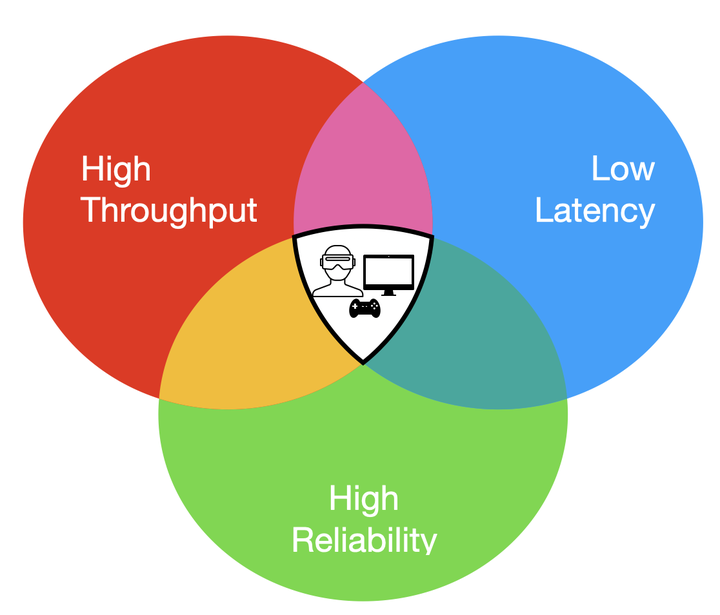HotNets '23: Boosting Application Performance using Heterogeneous Virtual Channels: Challenges and Opportunities
 Networking challenge of interactive applications
Networking challenge of interactive applications
Abstract
Interactive networked applications require high through- put, low latency, and high reliability from the network to pro- vide a seamless user experience. While meeting these three requirements simultaneously is difficult, there has been an emergence of heterogeneous virtual channels (HVCs) which support some subset of them at the expense of the others. For instance, URLLC sacrifices throughput to achieve low latency and reliability in 5G NR, and Wi-Fi 7 and other novel Internet architectures provide similar disparate types of service. Prior work either focuses on aggregating the bandwidth of these channels whilst neglecting their unique properties or fails to generalize in the sense of achieving high performance across different applications and channels. To utilize HVCs to their fullest, we argue that there are challenges and opportunities across the network, transport and application layers, and the application-transport interface of the network stack. In this work, we explore the trade-offs of these architectural choices in the context of web browsing and real-time video, and identify the constituting principles of a design that is general, performant, and deployable.